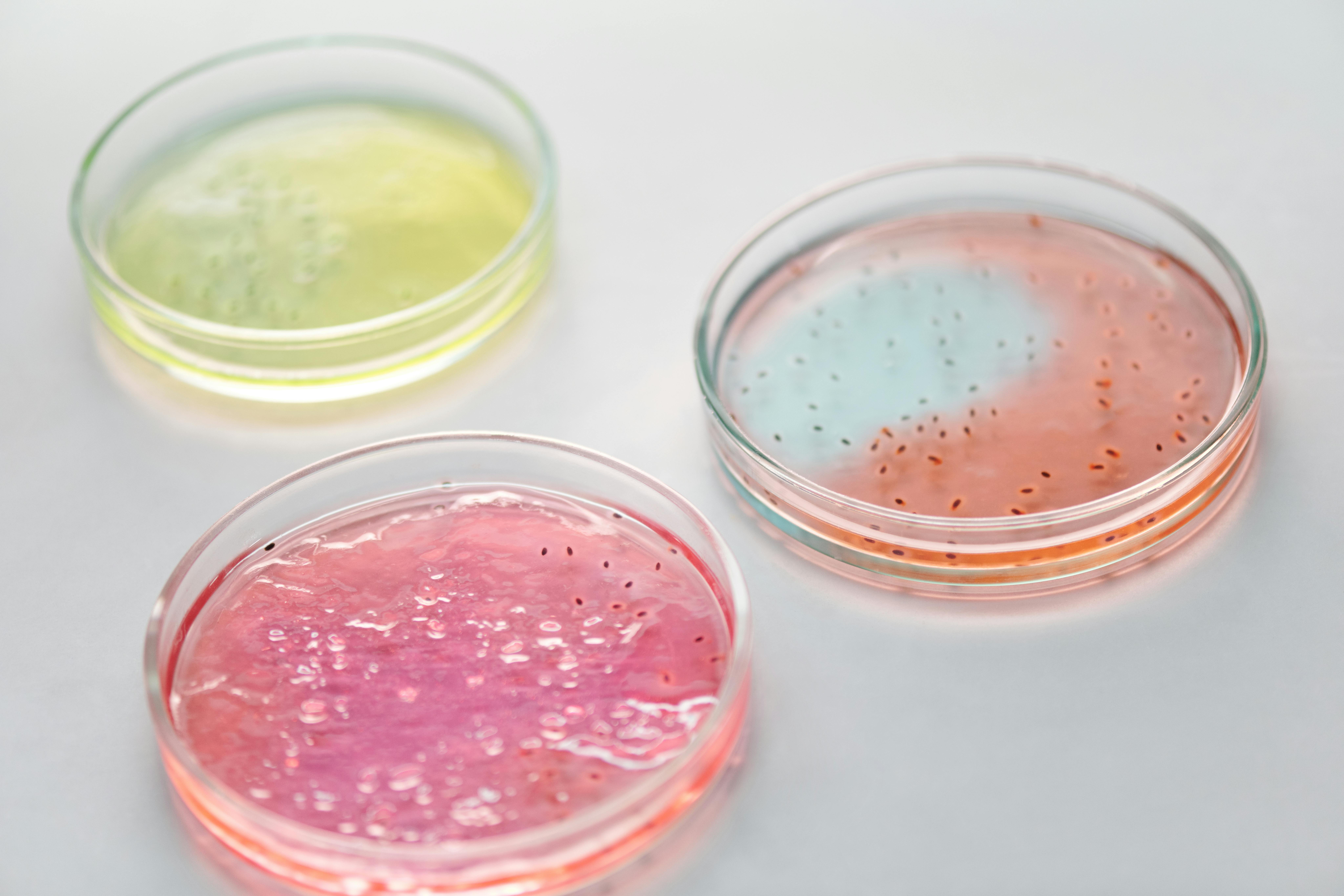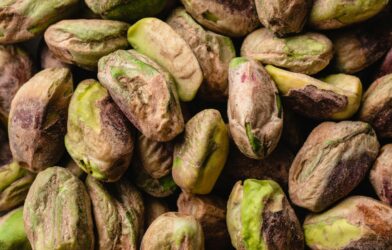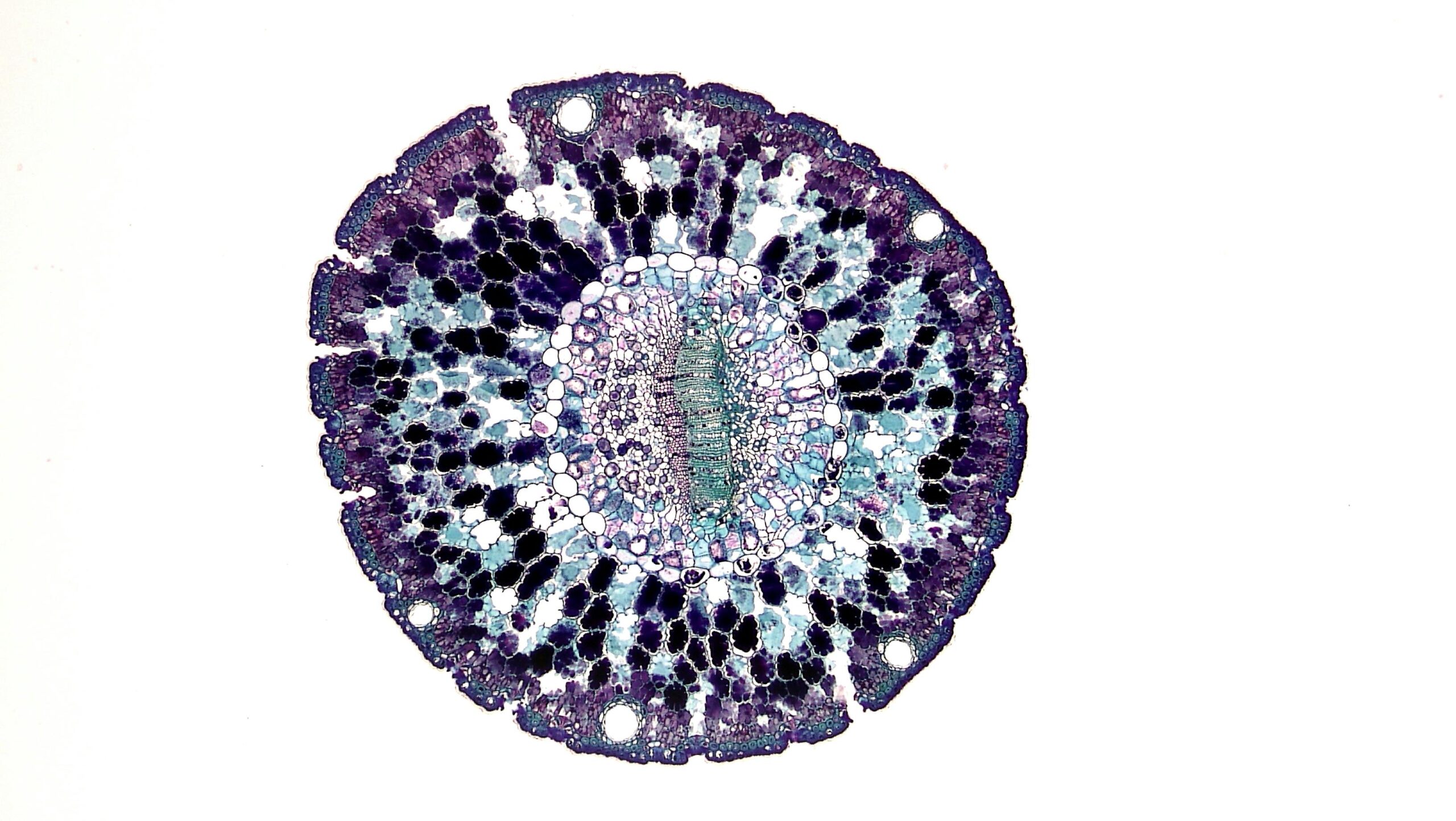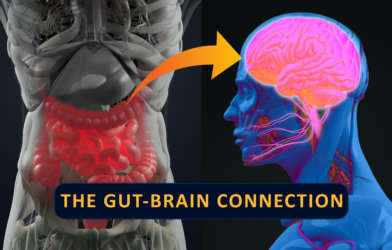For decades, the battle against obesity, type 2 diabetes, and fatty liver disease has focused heavily on diet and exercise. But what if a silent culprit, residing deep within your gut, has been secretly fueling these health challenges? A groundbreaking new study, published in the prestigious journal Cell Metabolism, points to a surprising answer: certain gut bacteria produce a molecule called D-lactate, and this often-overlooked compound might be a major force behind rising blood sugar and liver damage. Even more exciting, scientists have discovered a way to intercept this molecule, opening up promising new avenues for treatment.
Think of your gut as a bustling chemical plant, constantly producing various compounds. While most are helpful or harmless, this research from Canadian scientists at McMaster University, Université Laval, and the University of Ottawa highlights D-lactate. When your gut microbes produce too much of it, this “little-known fuel” can slip into your bloodstream and instruct your liver to create more glucose and fat than your body truly needs. The implications are enormous: controlling this microbial output could give us an unprecedented edge in the global fight against metabolic diseases. This isn’t just about what you eat, but what your bacteria are producing.
The Gut Connection: How D-Lactate Levels Rise
Our bodies naturally make L-lactate, a well-understood molecule crucial for energy. But its less-familiar relative, D-lactate, has largely been ignored. This study changes that narrative. Researchers noticed that both obese mice and people with obesity had significantly higher levels of D-lactate in their blood. In mice, this increase was especially clear in the portal blood—the direct highway connecting the gut to the liver—pointing to the gut as the primary source.
To confirm this gut link, scientists gave antibiotics to obese mice. What they observed was quite telling: D-lactate levels in the cecum (part of the large intestine) and in their waste plummeted, becoming similar to those in healthy, non-obese mice. Critically, their blood D-lactate levels also fell, along with their blood sugar. This strongly indicated that the gut microbiota—the vast community of bacteria living in our intestines—is the main producer of the elevated D-lactate found in obesity. It turns out, some common gut bacteria, particularly from the Lactobacillus family, are capable of churning out D-lactate.
The researchers didn’t stop there. They went a step further, populating germ-free mice (mice raised without any microbes) with specific bacterial strains. When mice received a strain that produced high levels of D-lactate, their blood glucose levels soared higher than those given a low D-lactate-producing strain. This was a crucial piece of evidence, directly connecting specific gut bacteria and their D-lactate production to higher blood sugar in the host.
D-Lactate’s Role in Metabolic Problems
Once in the bloodstream, D-lactate appears to be a more potent disruptor of metabolism than L-lactate. In experiments with mice, D-lactate injections led to higher levels of liver glycogen (stored sugar) and triglycerides (a type of fat), and most notably, elevated blood glucose, particularly in obese mice. This suggests that D-lactate isn’t just a sign of metabolic issues; it actively contributes to them by prompting the liver to store more sugar and fat.
The team also carefully tracked D-lactate’s journey through the body using special “labeled” molecules. This allowed them to see where it went and what it transformed into. They found that D-lactate is indeed processed by the body, converting into various compounds that feed into the liver’s energy production pathways, including those that create glucose and fats.
The D-Lactate Trap: A Novel Solution
Armed with the knowledge that microbial D-lactate was a significant problem, the scientists considered a bold solution: what if they could stop D-lactate from ever reaching the bloodstream? This led to the creation of a “gut substrate trap.” They developed a new, safe, and compatible polymer, named PL65, specifically designed to latch onto D-lactate in the gut and remove it from the body through waste.
The results of this “D-lactate trap” were quite remarkable in obese mice. Giving PL65 by mouth significantly lowered blood glucose levels and improved insulin resistance. Insulin resistance, a key feature of type 2 diabetes, means the body’s cells don’t respond effectively to insulin, leading to high blood sugar. By reducing D-lactate, the trap appeared to restore the body’s sensitivity to insulin.
Beyond blood sugar, the polymer also had a profound effect on fatty liver disease. In mice with metabolic dysfunction-associated fatty liver disease (MAFLD), also known as non-alcoholic fatty liver disease, and its more severe form, metabolic dysfunction-associated steatohepatitis (MASH), the D-lactate trap dramatically reduced liver inflammation and scarring (fibrosis). Fibrosis is a serious condition that can lead to cirrhosis and liver failure. This discovery is particularly important, as liver inflammation and fibrosis are major drivers of MAFLD progression. The polymer seemed to intercept the D-lactate before it could trigger these damaging processes in the liver.
It’s important to note that these improvements happened without changing the mice’s body weight or overall food intake. This points to the benefits being due to the specific trapping of D-lactate, rather than a general effect on appetite or energy balance.
A New Horizon for Metabolic Health
This research challenges common beliefs by highlighting a previously underappreciated way our gut microbes can directly influence our metabolic health. For too long, the gut microbiota’s role in metabolic diseases has mostly focused on its impact on inflammation. This study points to a direct metabolic contribution, where “microbial-derived D-lactate contributes to host glucose and lipid metabolism.”
The implications are clear: targeting specific microbial byproducts, like D-lactate, could be a powerful new strategy in preventing and treating conditions such as type 2 diabetes and fatty liver disease. While human trials are still necessary to confirm these findings, the development of a safe, compatible “D-lactate trap” polymer offers an exciting peek into a future where managing our gut’s chemical output could unlock new levels of metabolic well-being. This work shifts our focus from simply managing symptoms to fundamentally addressing a root cause that begins deep within our digestive systems.
Paper Summary
Methodology
The study investigated D-lactate levels in obese mice and humans. To understand its source, researchers treated obese mice with antibiotics and colonized germ-free mice with specific D-lactate-producing bacteria. They also conducted experiments with D-lactate injections and used “labeled” molecules to track its metabolism. A new polymer, PL65, was developed as a D-lactate “gut trap” and tested orally in obese mice, including those with fatty liver disease, to assess its impact on metabolic health.
Results
The study found that obese mice and humans have higher blood D-lactate levels, primarily from gut bacteria. This microbial D-lactate increased liver sugar and fat production, and elevated blood glucose in mice. Oral administration of the PL65 polymer successfully lowered blood glucose, improved insulin sensitivity, and significantly reduced liver inflammation and scarring in obese mice with fatty liver disease, without altering body weight or food intake.
Limitations
The paper notes that the precise mechanisms by which obesity alters D-lactate metabolism are not fully understood. While D-lactate contributes to metabolic issues, its exact quantitative impact needs further clarification. Crucially, the therapeutic effects of the D-lactate trap observed in mouse models require confirmation through human clinical trials.
Funding and Disclosures
Specific details on funding sources are not fully provided in the available information. The authors are affiliated with McMaster University, Université Laval, and the University of Ottawa.
Publication Information
Title: Gut substrate trap of D-lactate from microbiota improves blood glucose and fatty liver disease in obese mice Authors: Han Fang et al. Journal: Cell Metabolism Volume: 37 Pages: 1-14 Publication Date: September 2, 2025 DOI: https://doi.org/10.1016/j.cmet.2025.07.001 Publisher: Elsevier Inc. Open Access: Yes












